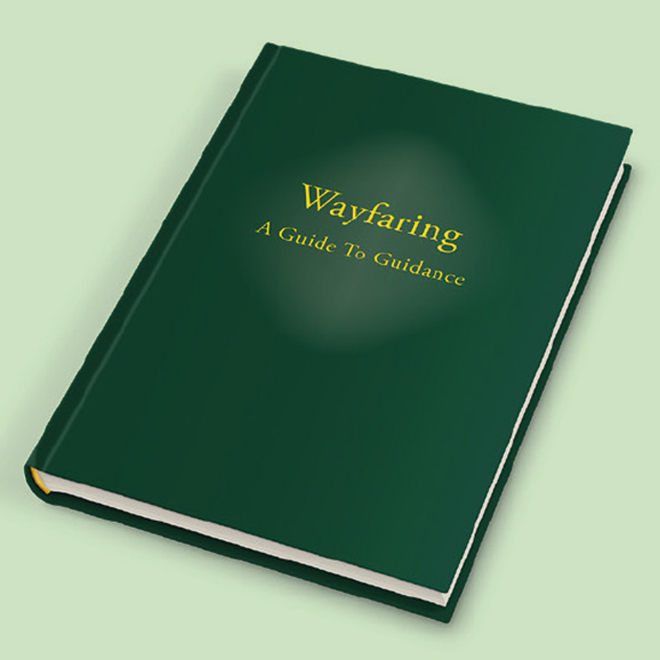A bust of Shakespeare. Photo: By Birmingham Museums Trust on Unsplash.
On bard terms? John Lampen on Shaw and Shakespeare
‘He presents us with situations and asks us to decide what they are telling us.’
George Bernard Shaw once wrote: ‘There is no eminent writer… whom I can despise so entirely as I despise Shakespeare.’ He wanted to tease and provoke, of course, as well as make a justified attack on what he called ‘bardolatry’. He believed plays should challenge and disquiet their audiences with unfamiliar ideas, and give a clear point of view on social questions. He found Shakespeare conservative and conventional.
